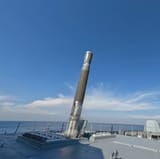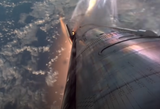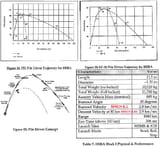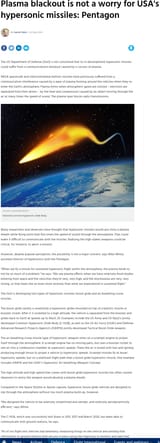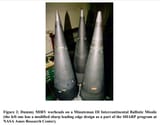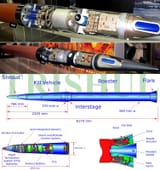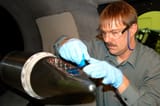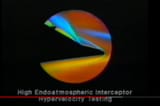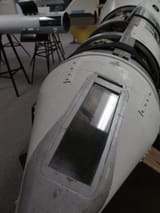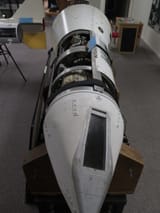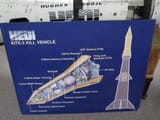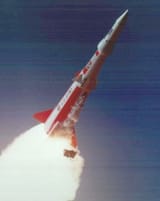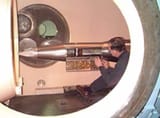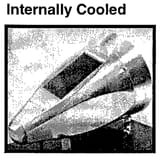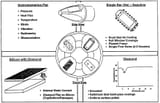>>64194532
See:
>>64194592
Zircon is only mach 5.5 cruise at 130k ft, and mach 7.5 during a diving pile driver trajectory until it rapidly loses energy to high supersonic speeds in terminal phase.
>The one issue is that you'll need to rely on ins for guidance due to the plasma sheath
Plasma sheath black out is only really an issue for blunt body objects like the space shuttle and manned capsules, and even then it can be minimized by putting the antenna as far aft as possible, and using a satellite as a relay ala SpaceX using Starlink as a relay for Starship and putting the antennas on the rear. Fuck it, I'll just copy/pasta what I wrote last time:
It's highly dependent on altitude, shape, antenna location and power, TPS design, temperature, etc. Oxygen doesn't start dissociation until Mach 7-10, and nitrogen around Mach 13 at ~150k ft alt. Then shape comes into play, a sharp, wedge type design is going to have a smaller boundary layer which will have a thinner, weaker ion density meaning a weak plasma layer at velocities above Mach 10 and alts below 150k ft. Then you start getting into TPS materials ablating and off-gassing, adding ionized material into your boundary layer making a denser ion layer and a stronger plasma. Also, shaping as to allow "windows" in the boundary layer around your antenna where plasma won't affect your antenna uplink, or placing your antenna as far back as you can to get away from the worst ion conditions which are always up front. Then, frequency and power are another way to push through that plasma layer. Only blunt body objects like the space shuttle and Mercury/Gemini type return capsules really have to worry about plasma blocking out comms, and even then it's not for too long. There was no plasma sheath that enveloped the X-15 at Mach 6.7, the X-43A at Mach 7 and 9, and HTV-2 at Mach 20 causing comms blackouts.
